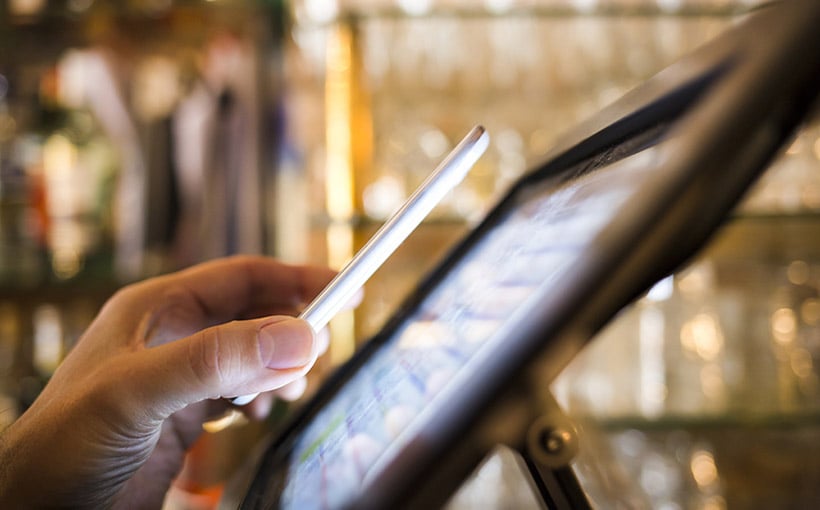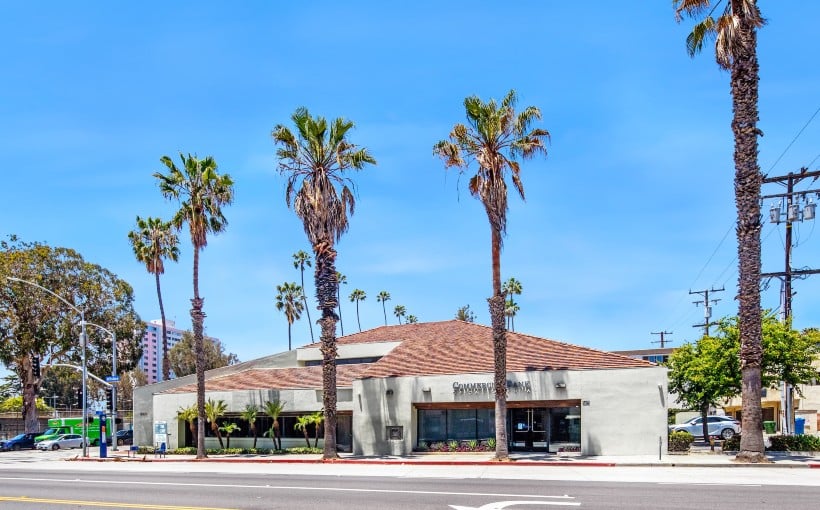The grocery shopping experience has traditionally been an in-person activity, where customers can physically inspect produce and make decisions about their purchases. However, the rise of technology has also played a significant role in this industry.
According to CBRE’s recent report titled “Increased Sales Through Technology Helps Boost Grocery Store Openings,” investments in in-store technology have led to a 5.3% increase in overall sales for grocers since 2023. This trend has resulted in a higher demand for retail space.
The report further reveals that the top 30 grocery chains across the United States have opened over 500 stores since 2020, with plans for at least another 80 store openings by 2024. The analysts at CBRE note that this growth is happening alongside increased funding for tech companies focused on groceries compared to pre-pandemic levels.
Data from consumer surveys conducted by Forrester shows that many shoppers are already familiar with or interested in learning more about available technologies within grocery stores. Additionally, Supermarket News and Mercatus surveyed over one hundred grocery operators who indicated that technology plays an integral role as part of their business strategy; however, cost remains a major obstacle hindering its implementation among them.
Furthermore, while implementing new technologies may bring benefits such as improved customer service and increased sales opportunities; it can also lead to unintended consequences like self-checkout stations being linked to retail theft incidents. According to LendingTree’s research findings reported by CBRE analysts -15% of self-checkout users admitted stealing intentionally while another21% said they accidentally took items without paying- raising concerns among retailers leading some grocers restricting or eliminating these stations altogether due partly because44 %of those caught stealing admitted they would do it again if given the chance.
Despite these challenges faced by grocers when incorporating new technologies into their operations,the report concludes ona positive note statingthat there is increasing interest from tech investorsinthe sector. As operators continue to enhance their technological capabilities to boost sales and improve customer service, those who prioritize technology beyond just e-commerce are likely to experience favorable growth in the future.
In summary, the grocery industry is adapting to changing consumer preferences by embracing technology. CBRE’s report highlights how investments in in-store technologies have ledto increased sales for grocers and a higher demand for retail space. While there may be challenges such as cost and unintended consequences like retail theft linked with self-checkout stations, there is still a positive outlook for grocers who prioritize technology as part of their business strategy moving forward.




